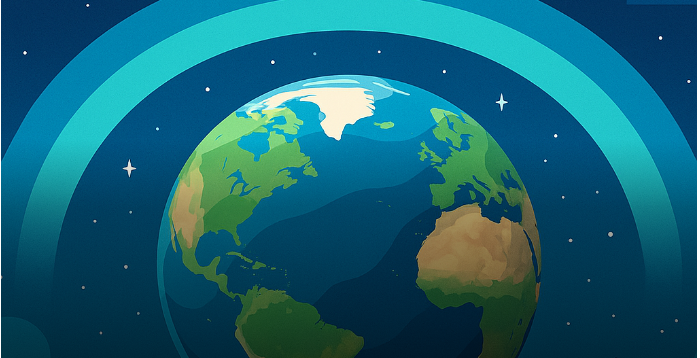
World Ozone Day: History, Importance, and Global Impact
Every year on September 16, the world observes World Ozone Day, an international awareness day that highlights the vital importance of the ozone layer and the global efforts to protect it. The ozone layer, located in the stratosphere, functions as Earth’s natural shield, protecting living beings from harmful ultraviolet (UV) radiation. Without this protective layer, humans would face increased risks of skin cancer, eye damage, and weakened immune systems, while ecosystems, agriculture, and marine life would also suffer devastating effects.
The history of World Ozone Day is rooted in one of the most successful environmental agreements of modern times the Montreal Protocol of 1987. This treaty was signed after scientists discovered a massive hole in the ozone layer above Antarctica, caused primarily by man-made chemicals such as chlorofluorocarbons (CFCs) and halons. These substances, commonly used in refrigeration, air conditioning, and aerosol sprays, were depleting the ozone at an alarming rate. The Montreal Protocol was groundbreaking because it united nations across the globe in a common cause: to phase out the production and use of ozone-depleting substances (ODS).
Since its adoption, the Montreal Protocol has been hailed as a landmark success in international corperation. It has not only reduced the emission of harmful chemicals but has also set a strong precedent for tackling other global environmental challenges, including climate change. The treaty is often cited as proof that collective action, driven by scientific evidence and political will, can lead to measurable positive change. According to the United Nations, if current efforts continue, the ozone layer is expected to fully recover by the middle of the 21st century.
The article further emphasizes the benefits of protecting the ozone layer. One major achievement is the decline in the risk of skin cancer and cataracts worldwide, as reduced UV exposure safeguards human health. Additionally, protecting the ozone layer ensures the stability of ecosystems, protects biodiversity, and supports global food security by preventing UV-related damage to crops. Oceans also benefit, as phytoplankton—the base of the marine food chain—remain less affected by UV radiation.
However, the piece does not ignore the ongoing challenges. Despite global progress, issues like illegal trade of banned substances, lack of awareness in some regions, and the complex relationship between ozone depletion and climate change remain concerning. While phasing out ODS has contributed to climate mitigation by reducing greenhouse gases, rising carbon emissions continue to threaten global environmental stability. The article urges nations to remain vigilant and committed, ensuring that the lessons of the Montreal Protocol guide future climate policies.
Another important aspect highlighted is the educational and awareness role of World Ozone Day. By dedicating a day to reflect on the ozone crisis and its solutions, the world reminds future generations of the importance of protecting Earth’s natural systems. Schools, governments, and NGOs often organize campaigns, seminars, and activities that spread awareness about sustainable living, environmental protection, and the significance of continued global cooperation.
In conclusion, World Ozone Day is more than a commemoration; it is a call to action. It reminds humanity of what can be achieved when science, policy, and people work together for the planet. The successful global response to the ozone crisis demonstrates that environmental issues, no matter how severe, can be overcome with determination, awareness, and unity. As the ozone layer continues its journey toward recovery, this day stands as a symbol of hope, responsibility, and the shared duty of protecting Earth’s fragile environment for generations to come.

